What is a Video Endoscope and How Does it Revolutionize Medical Diagnostics
The advent of the Video Endoscope has significantly transformed medical diagnostics, offering enhanced visualization and precision in internal examinations. According to a report by MarketsandMarkets, the global endoscopy market is projected to reach $41.4 billion by 2025, with a compound annual growth rate (CAGR) of 6.1% from 2020 to 2025, highlighting the increasing reliance on advanced imaging technologies. This innovative tool not only improves the detection of gastrointestinal and respiratory conditions but also facilitates minimally invasive procedures, reducing recovery times and complications for patients. The integration of high-definition imaging, coupled with real-time video capabilities, ensures that healthcare professionals can make more informed decisions with greater accuracy. With the growing emphasis on patient-centered care and cost-effective solutions, the Video Endoscope exemplifies a pivotal shift towards more efficient diagnostic processes in modern medicine.

Understanding the Basics of Video Endoscopes in Modern Medicine
Video endoscopes represent a significant advancement in modern medical diagnostics, providing healthcare professionals with
enhanced visualization capabilities. These instruments use high-resolution cameras to transmit real-time video feed
from inside the body, allowing for more precise examination of internal organs. A multifaceted comparative analysis of various
image and video technologies utilized in gastrointestinal endoscopy highlights their critical role in clinical applications.
For instance, studies have shown that the introduction of high-definition video endoscopes has improved diagnostic
accuracy rates by over 30% when compared to traditional methods.
Moreover, the integration of advanced imaging technologies, such as
narrow-band imaging and chromoendoscopy, enables clinicians to identify subtle
mucosal changes that may indicate early-stage diseases, including cancers. According to recent data, the use of video
endoscopes in gastroenterology has facilitated earlier detection of lesions, leading to
improved patient outcomes and reduced healthcare costs. As these technologies
continue to evolve, they promise to further refine diagnostic procedures and enhance the overall quality of care in
modern medicine.
How Video Endoscopes Enhance Visual Diagnostics for Medical Professionals
Video endoscopes have transformed the landscape of visual diagnostics in medicine, providing enhanced imaging capabilities that significantly improve diagnostic accuracy. According to a report by Grand View Research, the global endoscopy instrumentation market is projected to reach $54.9 billion by 2025, driven largely by advancements in video endoscopy technology. These devices allow medical professionals to view live images of internal structures with remarkable clarity, which is crucial for identifying conditions such as tumors, lesions, and gastrointestinal diseases. The high-definition imaging offered by modern video endoscopes increases the detection rates of abnormalities, thus leading to earlier interventions and better patient outcomes.
Furthermore, the integration of video endoscopy with advanced technologies like artificial intelligence (AI) is elevating the standard of care. A study published in the journal "Gastroenterology" highlighted that AI-assisted video endoscopy could raise polyp detection rates by up to 30%. This augmented diagnostic capability significantly reduces the risk of miss rates during procedures like colonoscopies, which are vital for cancer screening. As video endoscopes continue to evolve, they not only enhance the visual diagnostic process but also improve workflow efficiency in clinical settings, empowering healthcare professionals to deliver timely and effective interventions.
The Impact of Video Endoscopes on Minimally Invasive Surgical Techniques
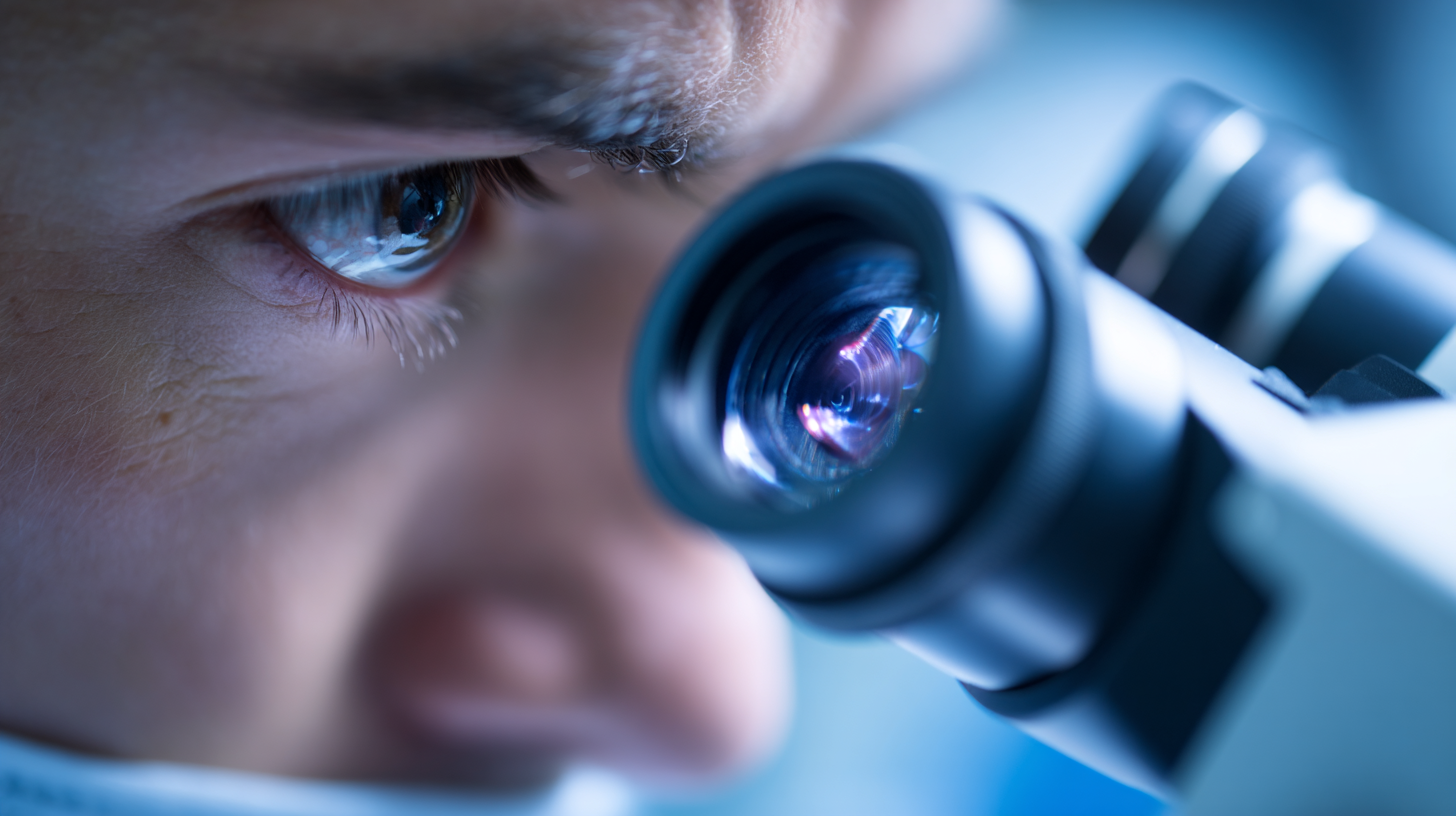 Video endoscopes have significantly transformed minimally invasive surgical techniques, providing surgeons with enhanced visualization and precision during procedures. By utilizing flexible tubes equipped with high-definition cameras and light sources, these devices allow for real-time imaging of internal organs without the need for large incisions. This advancement has not only reduced recovery times for patients but has also minimized complications associated with traditional surgical methods.
Video endoscopes have significantly transformed minimally invasive surgical techniques, providing surgeons with enhanced visualization and precision during procedures. By utilizing flexible tubes equipped with high-definition cameras and light sources, these devices allow for real-time imaging of internal organs without the need for large incisions. This advancement has not only reduced recovery times for patients but has also minimized complications associated with traditional surgical methods.
Tips for utilizing video endoscopes effectively include ensuring proper training for the surgical team, as familiarity with the technology can greatly improve its application and outcomes. Additionally, it's crucial to maintain the equipment meticulously, as clear imaging is vital for accurate diagnosis and treatment. Surgeons may also benefit from collaborating with technology specialists to stay updated on the latest advancements and best practices in video endoscopy.
The efficiency of video endoscopes also extends to diagnostic procedures, enabling clinicians to assess conditions such as gastrointestinal disorders with enhanced clarity. This precision reduces the need for exploratory surgeries, allowing for quicker decision-making and treatment plans tailored to individual patient needs. With continuing advancements in this field, the role of video endoscopes in minimally invasive techniques will likely expand, opening new frontiers in patient care.
Real-Time Imaging and Its Benefits in Patient Diagnosis and Care
Video endoscopes have transformed the landscape of medical diagnostics by providing real-time imaging capabilities that significantly enhance patient care. Unlike traditional endoscopes, which may require more invasive procedures and limited visualization, video endoscopes offer high-resolution live feeds directly from the inside of the body. This allows healthcare professionals to observe anatomical structures and abnormalities in real-time, facilitating quicker and more accurate assessments. Such immediacy ensures that patients receive timely diagnoses, potentially leading to earlier interventions and improved outcomes.
Moreover, the advent of video endoscopy supports more efficient procedures, reducing the need for surgical explorations. As practitioners can visualize issues like tumors or infections instantly, they can make informed decisions during the examination, adjusting their approach based on direct observations. This not only minimizes patient discomfort and recovery time but also optimizes resource utilization within healthcare facilities. Consequently, video endoscopes have become invaluable tools in various medical fields, paving the way for enhanced diagnostic accuracy and ultimately better patient care.
Impact of Video Endoscopy on Medical Diagnostics
This chart illustrates the increase in the percentage of successful diagnoses made with the use of video endoscopes over the years, highlighting its impact on patient care.
Future Innovations in Video Endoscope Technology and Their Potential Applications
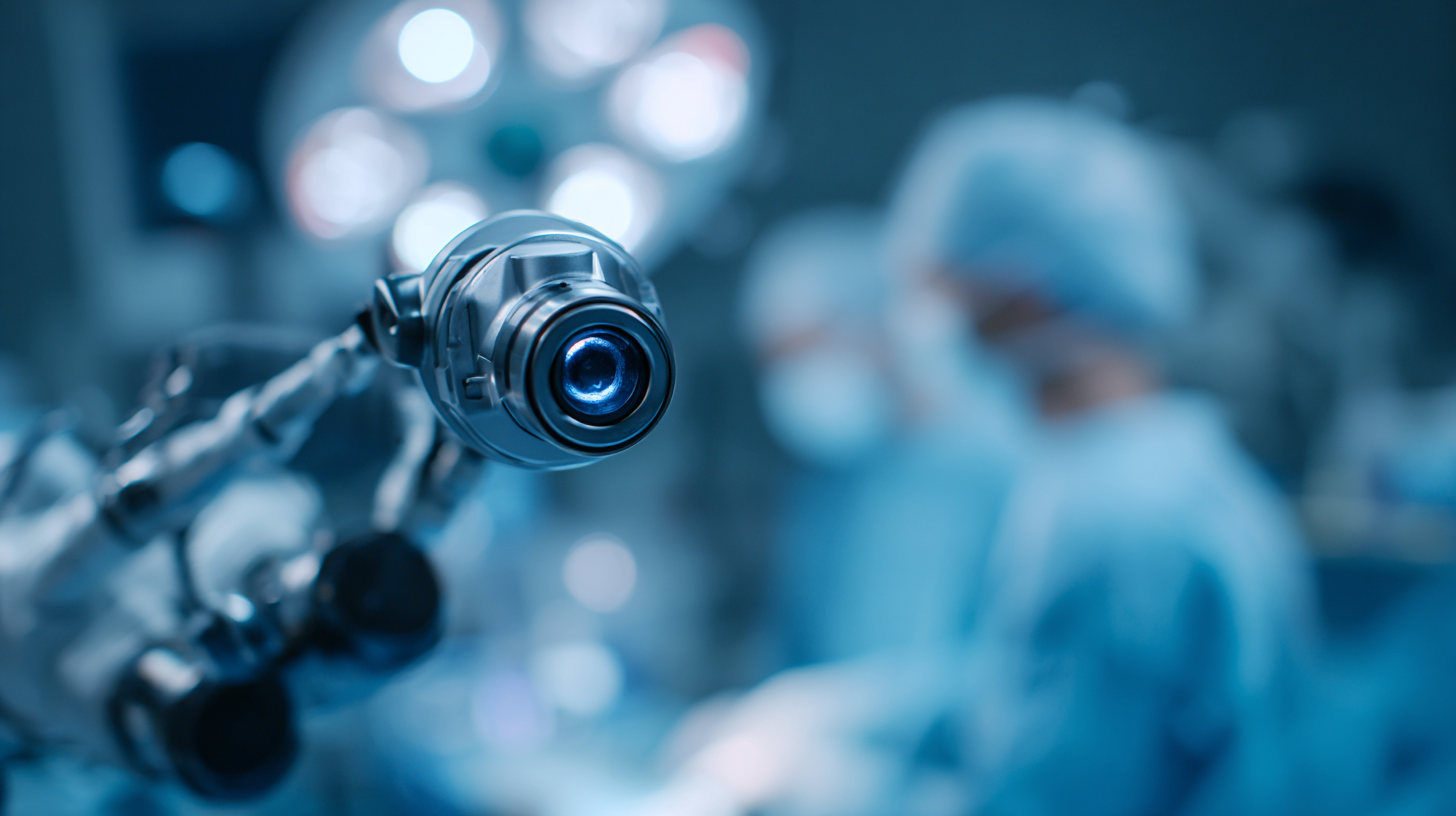 The future of video endoscope technology promises exciting innovations that could transform medical diagnostics. As advancements in imaging technology continue, we may see more miniaturized, flexible scopes with enhanced resolution and 3D visualization capabilities. These improvements will not only increase the accuracy of diagnoses but also minimize the need for invasive procedures, making patient care more comfortable and efficient. Furthermore, integrating artificial intelligence can enable real-time analysis, helping physicians detect anomalies with greater precision.
The future of video endoscope technology promises exciting innovations that could transform medical diagnostics. As advancements in imaging technology continue, we may see more miniaturized, flexible scopes with enhanced resolution and 3D visualization capabilities. These improvements will not only increase the accuracy of diagnoses but also minimize the need for invasive procedures, making patient care more comfortable and efficient. Furthermore, integrating artificial intelligence can enable real-time analysis, helping physicians detect anomalies with greater precision.
Tips: When considering the application of video endoscope technology, look for hospitals that are at the forefront of adopting advanced tools. Staying informed about FDA approvals and clinical trials can also provide insights into the latest developments in this field.
Emerging applications of video endoscopes extend beyond traditional diagnostic uses. For instance, the integration of augmented reality features may assist surgeons during complex procedures by superimposing critical information onto the surgical field. Additionally, evolving telemedicine practices can allow specialists to assist in real-time diagnostics remotely, expanding access to expert care. These innovations will pave the way for a more interconnected healthcare system, ultimately improving patient outcomes.
Tips: Patients should inquire about the technology used in their procedures and ask how these advances can improve their care experience. Awareness of these innovations can empower individuals in their healthcare journey.
Related Posts
-
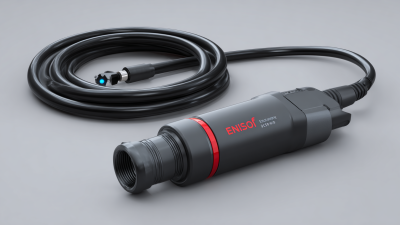
The Future of Best Portable Endoscopes A 2025 Industry Analysis and Comparison of Leading Technologies
-

Best Video Endoscope Quality Manufacturing in China for Global Export
-
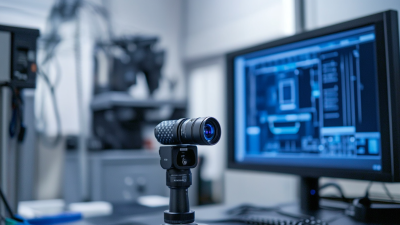
Exploring Real World Applications of Video Endoscopes and How They Transform Inspections
-
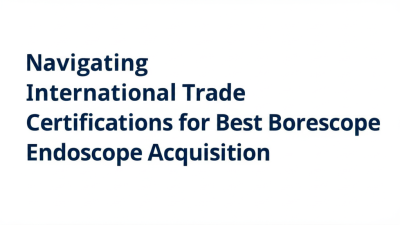
Navigating International Trade Certifications for Best Borescope Endoscope Acquisition
-

7 Essential Tips for Choosing the Best Wifi Endoscope Camera
-

Challenges Faced When Choosing Veterinary Endoscopy Equipment for Your Practice

